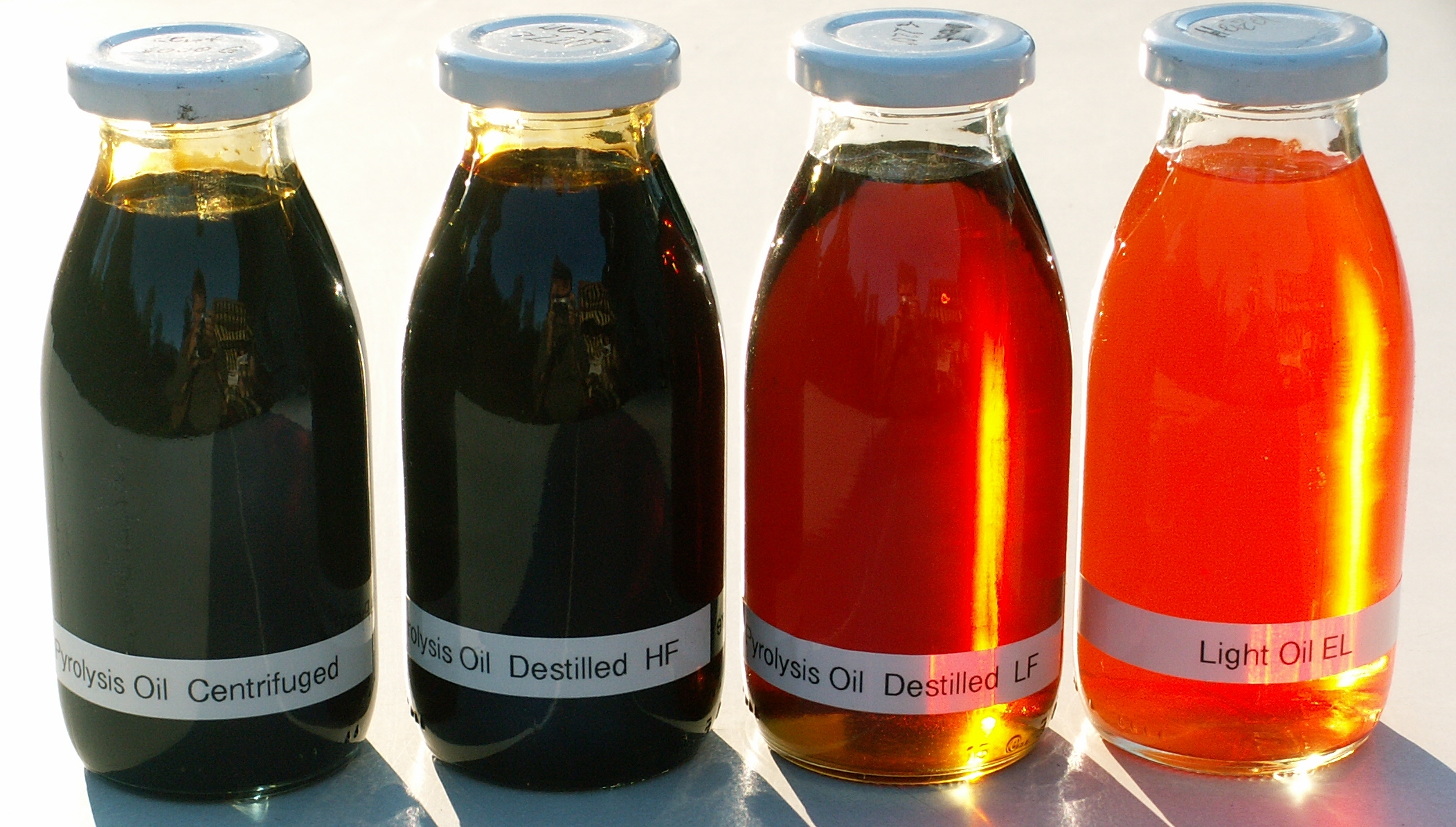The world is at a crossroads, facing a critical juncture where environmental concerns and the demand for sustainable energy intersect. In this complex landscape, waste pyrolysis emerges as a revolutionary technology, offering a multifaceted solution to two of humanity’s most pressing challenges – waste management and the quest for clean energy. This comprehensive exploration delves into the intricate workings of waste pyrolysis machine and their pivotal role in preventing pollution while simultaneously providing a source of clean energy.

Understanding Pyrolysis
At its core, pyrolysis is a thermal decomposition process that transforms organic materials into valuable products in the absence of oxygen. This departure from traditional combustion methods allows for the creation of biochar, bio-oil, and syngas, each holding unique potential in the realms of agriculture, energy, and environmental sustainability.
Biochar: A Carbon-Positive Revolution
The first pillar of pyrolysis’s impact on pollution prevention lies in the creation of biochar, a porous, carbon-rich material. Unlike traditional waste incineration, which releases carbon dioxide into the atmosphere, pyrolysis is a carbon-negative process when considering the biochar byproduct.
Biochar serves as a powerful carbon sink when incorporated into soil. Its porous structure provides a habitat for beneficial microorganisms, enhancing soil fertility and promoting plant growth. Importantly, the carbon sequestration capabilities of biochar contribute to mitigating climate change by reducing the overall carbon footprint.
Bio-oil: Liquid Gold from Waste
Another valuable output of pyrolysis is bio-oil, a liquid mixture of hydrocarbons extracted from the pyrolysis process. Bio-oil has diverse applications, including as a renewable fuel source, a precursor for bio-based chemicals, and a potential replacement for fossil fuels.
As a clean energy source, bio-oil holds promise in displacing conventional fuels derived from non-renewable resources. Its lower carbon intensity, coupled with the ability to produce it from waste materials, positions bio-oil as a sustainable alternative in the transition towards a greener energy landscape.

Syngas: Powering a Sustainable Future
Syngas, or synthesis gas, is a gaseous mixture composed primarily of hydrogen and carbon monoxide. This versatile product of pyrolysis has the potential to be used as a fuel for electricity generation, heating, and as a precursor for the production of synthetic fuels.
The utilization of syngas as a clean energy source contributes significantly to pollution prevention. By tapping into the energy content of waste materials through pyrolysis, we reduce the dependence on fossil fuels and simultaneously divert organic waste from landfills, mitigating the associated environmental hazards.
Environmental Benefits of Pyrolysis
Reducing Landfill Burden
Traditional waste management methods often involve the disposal of organic waste in landfills. As this waste decomposes, it releases methane, a potent greenhouse gas with a significantly higher warming potential than carbon dioxide. Pyrolysis disrupts this cycle by converting organic waste into valuable products, preventing the release of methane and reducing the burden on landfills.
Mitigating Greenhouse Gas Emissions
By providing an alternative to fossil fuels, pyrolysis plays a crucial role in mitigating greenhouse gas emissions. The carbon-neutral or even carbon-negative nature of pyrolysis, particularly with the production of biochar, contributes to a net reduction in atmospheric carbon dioxide levels. This is a pivotal step in the global fight against climate change.
Closing the Recycling Loop
Pyrolysis complements traditional recycling methods by offering a solution for materials that are challenging to recycle conventionally. Plastics, for example, can be converted into valuable products through pyrolysis, closing the recycling loop and reducing the environmental impact of these persistent materials.
Challenges and Considerations
While the potential of pyrolysis in pollution prevention and clean energy generation is vast, it is essential to acknowledge and address the challenges associated with its widespread adoption.
Technological Maturity and Scalability
The technology behind pyrolysis is continually evolving, and its scalability for large-scale implementation remains a subject of ongoing research and development. Improvements in efficiency, cost-effectiveness, and scalability are necessary to fully unlock the potential of pyrolysis on a global scale.
Feedstock Variability
The composition of feedstock plays a crucial role in the efficiency and output of pyrolysis. Variability in waste streams, such as municipal solid waste or agricultural residues, presents a challenge in achieving consistent and optimal results. Research efforts focus on developing pyrolysis systems capable of handling diverse feedstocks with minimal adjustments.
Economic Viability
The economic viability of pyrolysis projects depends on various factors, including initial investment costs, operational expenses, and the market value of the produced materials. Governments and industries need to explore incentives and supportive policies to encourage the adoption of pyrolysis technologies and make them financially competitive with existing waste management and energy production methods.
Case Studies in Pyrolysis Implementation
The Netherlands: Converting Biomass into Bioenergy
The Netherlands has emerged as a pioneer in the application of pyrolysis technology for biomass conversion. With a focus on utilizing agricultural residues and organic waste, Dutch initiatives aim to produce bioenergy, bio-based chemicals, and biochar. By integrating pyrolysis into their waste management strategy, the country is not only reducing pollution but also creating a sustainable pathway for energy production.
Japan: Plastic Waste to Fuel
Japan has been at the forefront of exploring pyrolysis as a solution to the plastic waste crisis. With limited landfill space and a commitment to environmental sustainability, Japan has invested in pyrolysis technologies that can convert plastic waste into valuable fuels. These initiatives not only address the issue of plastic pollution but also contribute to the diversification of the country’s energy sources.
Future Prospects and Innovations
As the world grapples with the challenges of pollution and the transition to clean energy, ongoing research and innovation in pyrolysis hold the key to unlocking its full potential. Several areas of development and exploration offer exciting prospects for the future.
Advanced Pyrolysis Technologies
Research efforts are focused on advancing pyrolysis technologies to enhance efficiency, reduce energy input, and increase the range of applicable feedstocks. Innovations such as microwave pyrolysis, fluidized bed reactors, and integrated systems with other renewable energy sources are being explored to address current limitations and broaden the scope of pyrolysis applications.
Circular Economy Integration
The integration of pyrolysis into a circular economy framework is gaining attention as a holistic approach to waste management. By viewing waste as a resource, circular economy models aim to maximize the value extracted from materials through recycling, reuse, and energy recovery. Pyrolysis plays a pivotal role in this paradigm by providing a pathway to extract value from waste streams that are challenging to recycle conventionally.
Public Awareness and Policy Advocacy
Increasing public awareness about the benefits of pyrolysis and advocating for supportive policies are crucial steps in facilitating its widespread adoption. Governments, industries, and environmental organizations must work collaboratively to create an enabling environment for the development and implementation of pyrolysis technologies.
Conclusion
Clean energy from waste through pyrolysis represents a transformative pathway toward a more sustainable and environmentally conscious future. By addressing both waste management challenges and the need for clean energy sources, pyrolysis emerges as a versatile and impactful technology. As advancements continue and awareness grows, the role of pyrolysis in pollution prevention and sustainable energy generation is set to become increasingly prominent. It is a beacon of innovation, offering a glimpse into a future where waste is not a burden but a valuable resource, and where clean energy arises from the very materials we once deemed disposable. The journey towards a cleaner, greener planet is underway, and pyrolysis is steering us in the right direction.